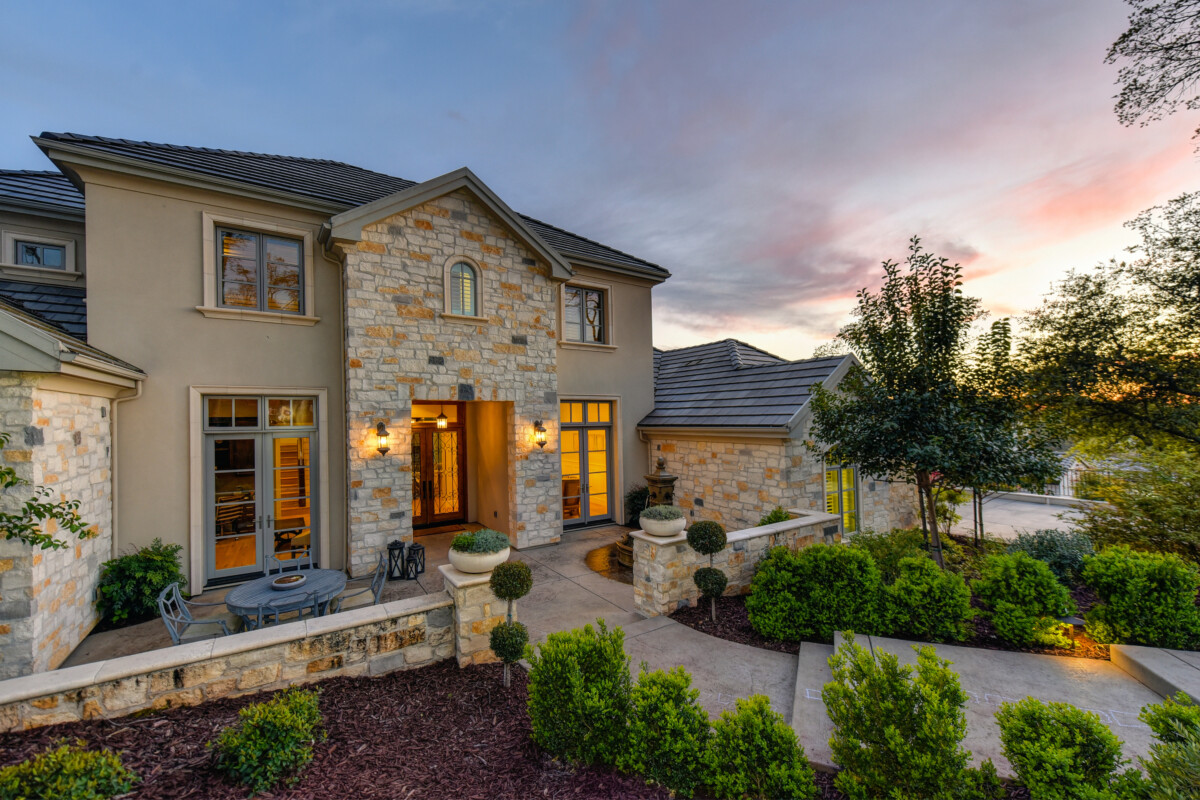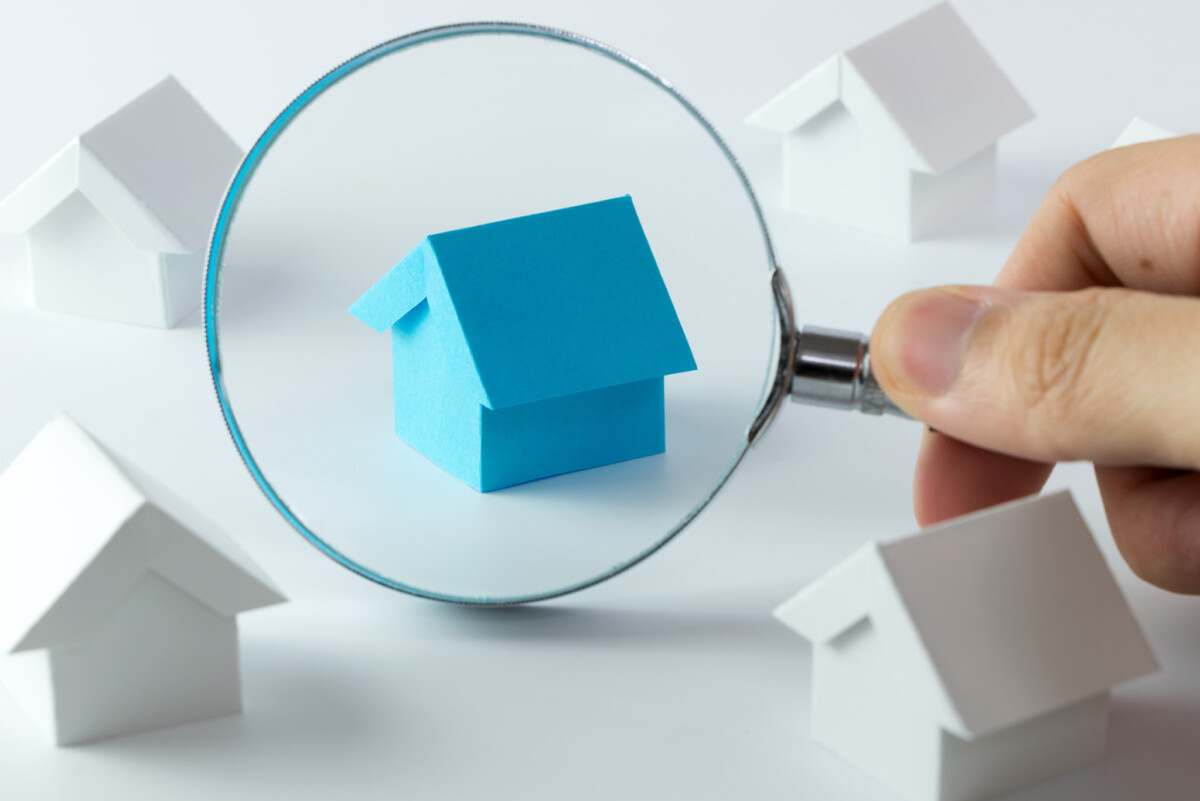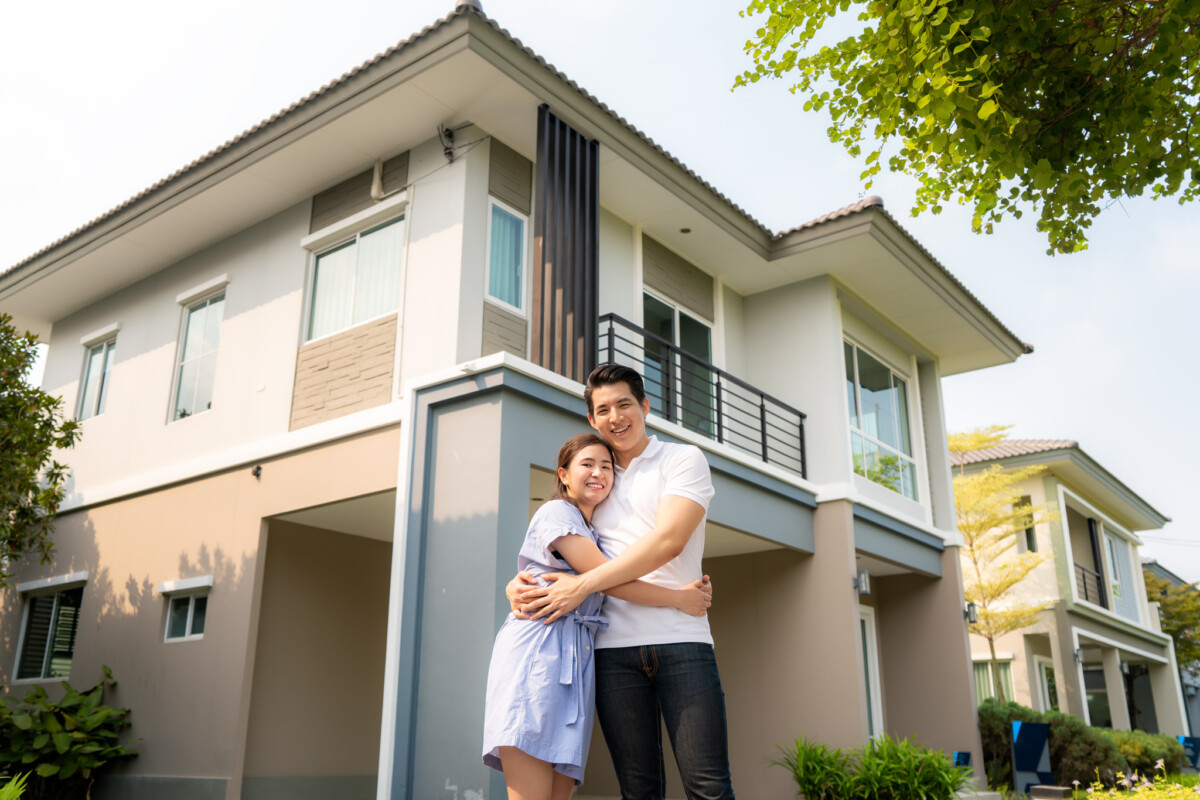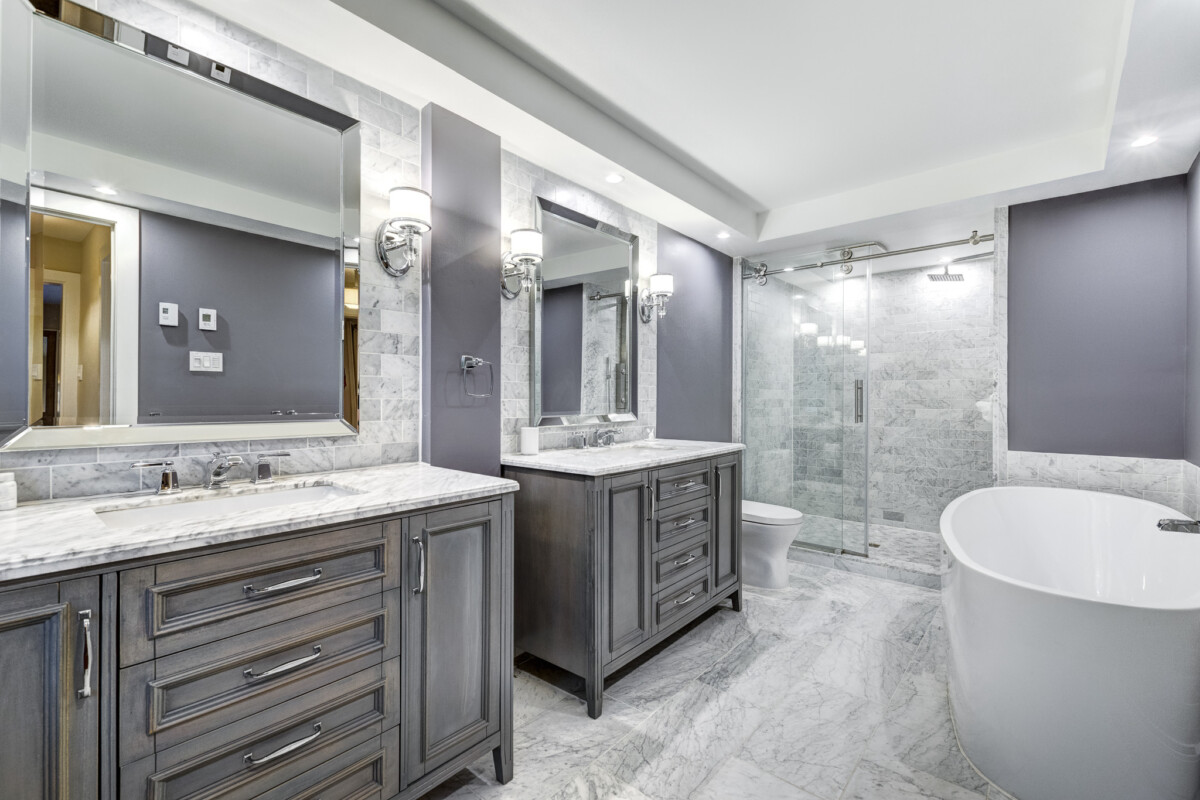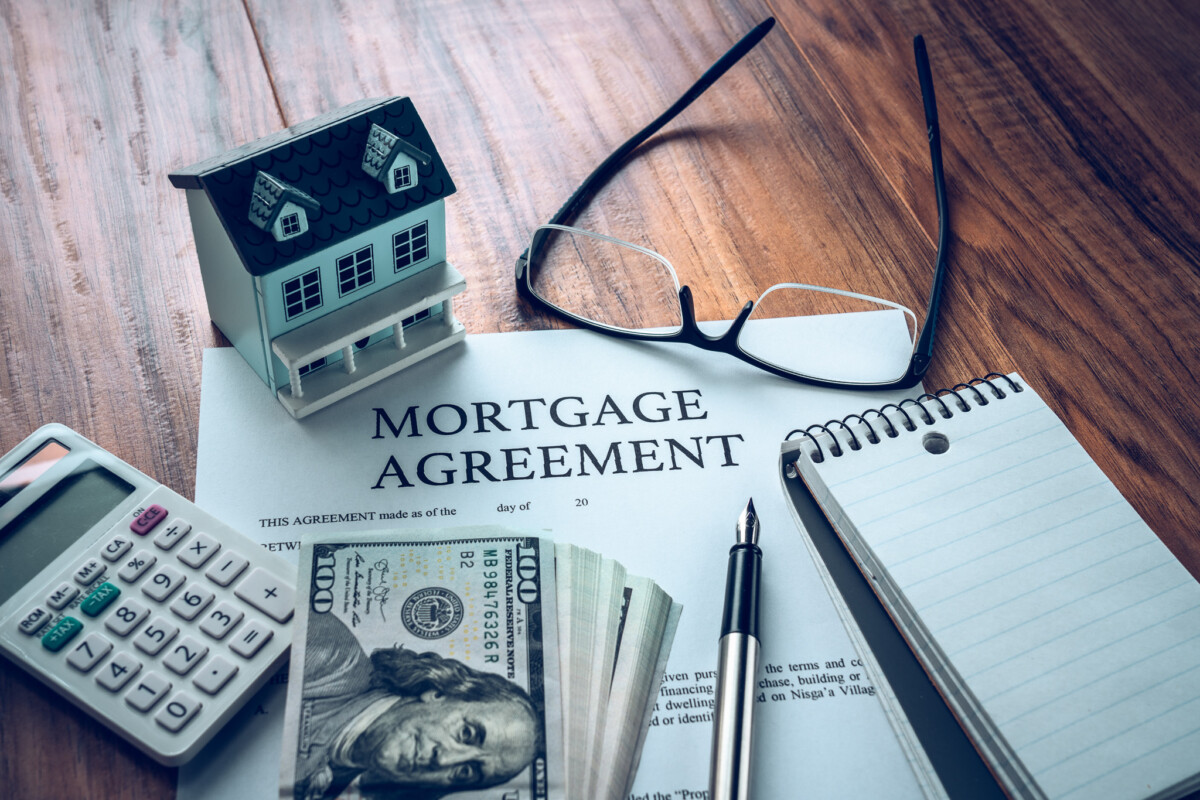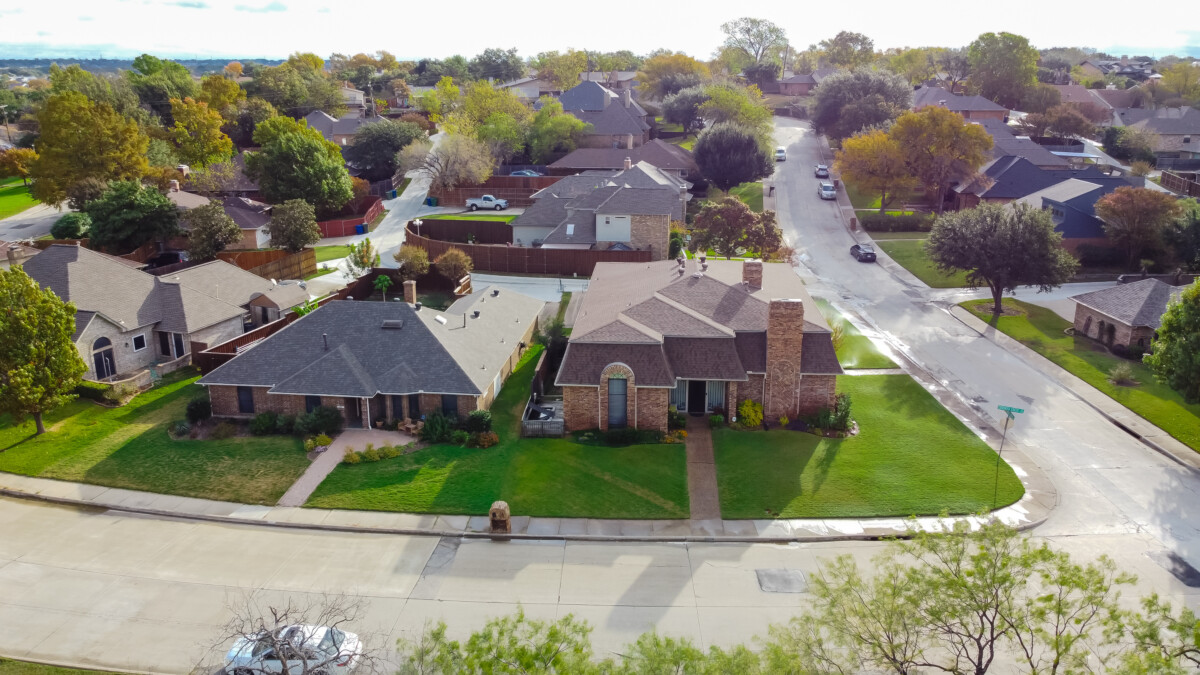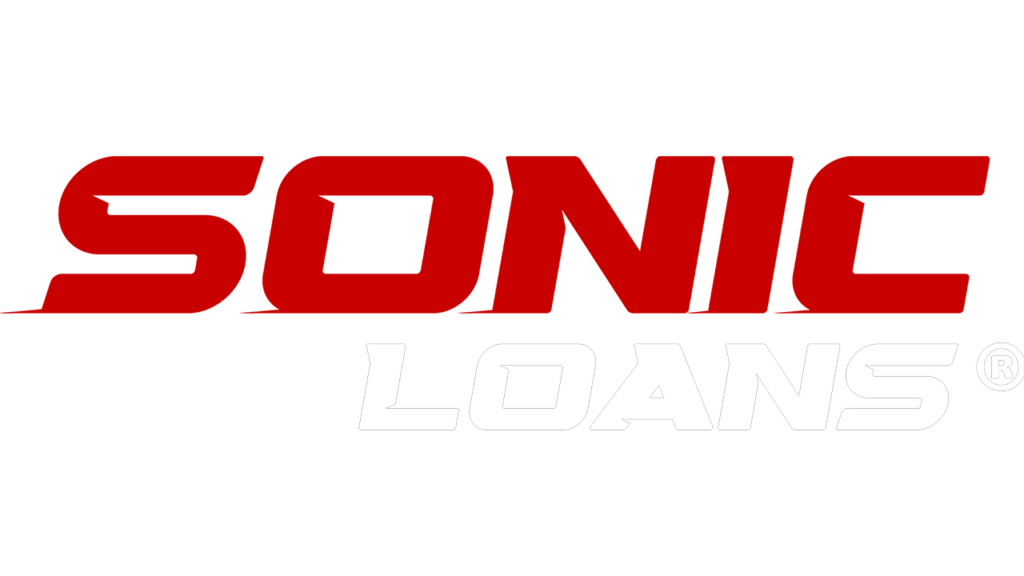As the world focuses on reducing carbon emissions and promoting sustainability, net-zero homes have gained popularity because they support the environment while offering homeowners cost savings. A net-zero home is a building designed to produce as much energy as it consumes annually, meaning it has zero net energy consumption. To achieve this, net-zero homes utilize energy-efficient building practices, renewable energy sources, and cutting-edge technologies.
This article will explore the concept of a net-zero home, the key features that make it possible, the benefits, and how this type of construction can shape the future of sustainable living.
What is a Net-Zero Home?
A net-zero home, also known as a zero-energy or zero-net-energy home, is designed and built to be highly energy-efficient, reducing overall energy consumption to a minimum. To balance out this minimized consumption, net-zero homes generate renewable energy on-site—typically through solar panels or wind turbines—providing enough power to meet the household’s energy needs.
While a net-zero home still connects to the local utility grid, it produces as much or more electricity than it draws over a year. In periods when the home produces excess energy, the surplus can be sent back to the grid, often earning credits for the homeowner. Conversely, when the renewable energy generation is lower, such as nighttime or cloudy days, the home may draw energy from the grid.
Key Features of a Net-Zero Home
Achieving net-zero energy involves several key design elements and technologies, all of which are focused on reducing energy consumption and maximizing renewable energy production. Here are some of the essential components:
- Energy-Efficient Building Envelope: The building envelope, which includes the roof, walls, windows, and doors, is carefully designed to minimize heat transfer. This is achieved through high-quality insulation, airtight construction, and energy-efficient windows that reduce energy losses and maintain comfortable indoor temperatures without excessive heating or cooling.
- Solar Panels and Renewable Energy: Solar panels are a staple in most net-zero homes. They capture sunlight and convert it into electricity, which powers the home’s electrical needs. Depending on local conditions, some net-zero homes also use wind turbines or geothermal systems.
- Efficient HVAC Systems: Heating, ventilation, and air conditioning (HVAC) are among the most energy-intensive components of a home. Net-zero homes typically use highly efficient HVAC systems, such as air-source heat pumps or ground-source (geothermal) heat pumps, which consume less electricity and offer better performance in both heating and cooling.
- LED Lighting and Energy-Efficient Appliances: LED lighting uses a fraction of the electricity of traditional incandescent bulbs, and energy-efficient appliances are designed to operate with minimal power consumption. Together, they significantly reduce a home’s electricity demand.
- Smart Home Technology and Energy Management: Smart thermostats, energy-monitoring devices, and automated lighting systems allow homeowners to optimize their energy use. These technologies can reduce energy waste by adjusting settings based on occupancy patterns and weather conditions.
- Water Conservation Systems: Many net-zero homes incorporate water-saving fixtures and appliances, such as low-flow faucets, efficient showerheads, and water-conserving toilets. Some also use greywater systems to recycle water, reducing water demand and the energy required to heat it.
Steps to Building a Net-Zero Home
Building a net-zero home requires careful planning and adherence to certain principles to ensure the house can meet its energy goals. Here’s a simplified guide to the process:
- Energy Modeling and Planning: Energy modeling software can predict a home’s energy needs and help architects and engineers make design decisions. This initial step is essential to identifying the appropriate insulation, materials, and renewable energy systems for the home’s location.
- Choosing Sustainable Materials: Building materials with low environmental impact, such as sustainably sourced wood, recycled materials, and low-VOC (volatile organic compound) products, contribute to a net-zero home’s sustainability goals. Insulation materials with high R-values (thermal resistance) are also crucial to minimize energy loss.
- Incorporating Renewable Energy: Solar panels are typically the most cost-effective renewable energy solution for net-zero homes. However, wind turbines and geothermal systems are also options in certain climates. A solar system is often paired with a battery storage solution to store excess energy produced during peak sunlight hours.
- Building for Passive Solar Gain: Passive solar design considers the orientation and window placement of the home to capture natural sunlight in colder months and reduce heat gain in the summer. This approach reduces the need for artificial heating and cooling.
- Conducting Post-Construction Testing: Energy testing ensures the home’s performance matches its design goals after construction. This includes testing for airtightness, verifying insulation effectiveness, and assessing HVAC system performance. Adjustments can be made to ensure the home meets net-zero energy targets if needed.
- Benefits of a Net-Zero Home
Net-zero homes offer several benefits to homeowners, the environment, and the community at large:
- Lower Energy Bills: Although net-zero homes often cost more to build initially, they lead to substantial savings on energy bills. Homeowners pay for their energy generation, reducing or eliminating monthly utility costs.
- Reduced Carbon Footprint: By generating renewable energy on-site, net-zero homes minimize reliance on fossil fuels, significantly reducing carbon emissions. Over time, this contributes to a healthier environment and aids efforts to mitigate climate change.
- Enhanced Indoor Comfort: Net-zero homes are designed with a focus on high-quality insulation and ventilation, which results in more stable indoor temperatures, reduced drafts, and improved air quality.
- Increased Resale Value: Sustainable and energy-efficient homes are in high demand, and net-zero homes typically command a premium on the real estate market. Buyers are increasingly interested in net-zero properties’ long-term cost savings and environmental benefits.
- Energy Independence: By generating their energy, net-zero homes are less dependent on the local power grid. This energy independence can be precious in areas with unstable power supplies or high utility rates.
The Future of Net-Zero Homes
Net-zero homes represent a growing trend in sustainable building, and technological advancements are making these homes more accessible and affordable. Government incentives, such as tax credits for solar panel installation and energy-efficient home improvements, encourage homeowners to consider net-zero designs.
The shift toward net-zero homes also aligns with global and national goals to reduce carbon emissions. Many countries are introducing building codes that require new constructions to meet higher energy efficiency standards, and some regions have set ambitious targets for all new buildings to be net-zero within the next few decades.
As awareness of climate change grows, the demand for net-zero homes is expected to increase, likely attracting the attention of more builders, architects, and real estate professionals. Additionally, improvements in renewable energy storage technology, such as more efficient and affordable battery systems, will make it easier to maintain net-zero status year-round.
Challenges in Building a Net-Zero Home
Despite their benefits, net-zero homes do come with some challenges:
- Higher Upfront Costs: While net-zero homes can save money on energy bills over time, the initial cost of energy-efficient materials, advanced HVAC systems, and solar panels can be substantial.
- Availability of Skilled Professionals: Designing and constructing a net-zero home requires specific expertise. Homeowners may need to work with specialized architects, builders, and energy consultants, which can limit options and increase costs.
- Geographical Limitations: In areas with less sunlight or frequent cloudy weather, relying on solar energy alone can be challenging. Similarly, regions with geothermal access may need more energy source options.
Conclusion
A net-zero home offers a glimpse into the future of sustainable living, where homeowners can enjoy energy efficiency, comfort, and cost savings, all while reducing their environmental impact. As the world moves toward greener building practices, net-zero homes provide a path to a more sustainable, resilient, and energy-independent lifestyle. While building a net-zero home may require a more significant upfront investment, the long-term benefits for homeowners and the planet make it a compelling choice for those looking to lead the way in sustainable living.
Thank you for reading! If you enjoyed this article and want to explore more content on similar topics, check out our other blogs at Sonic Loans, Sonic Realty, and Sonic Title. We have a wealth of information designed to help you navigate the world of real estate and finance. Happy reading!
Are you looking for the right loan? Check out Sonic Loans for tailored mortgage solutions that make home financing simple and efficient.

